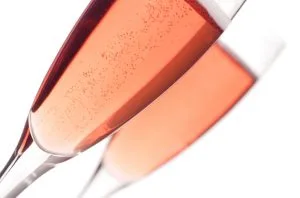In 2023 global Champagne shipments fell by around 8% to 299 million bottles but Champagne remains a firm favourite with UK customers and is particularly popular as a celebration wine.
With Valentine’s Day on the horizon, rosé Champagne is in sharp focus right now. This is a category which has been on the rise for a while, but how is rosé Champagne made and what should it be paired with?
See the results of the Decanter vintage rosé Champagne panel tasting Rosé on the rise
While non-vintage rosé Champagne is still a popular choice with consumers, sommelier Jan Konetzki notes that vintage and prestige cuvée rosé Champagnes are gaining traction, particularly in restaurants.
It’s easy to see why, as many of the best examples can work brilliantly at the dinner table – whether it’s Valentine’s Day or not.
The list below features rosé Champagnes reviewed by our experts and available at a range of prices, with some great value options to more expensive choices over £300 a bottle.
How rosé Champagne is made
There are two ways to achieve the pink hue of rosé Champagne: rosé d’assemblage or saignée.
Rosé d’assemblage
Champagne is the only region where the blending of red and white wine is permitted for the production of rosé wines, and it is common across quality levels.
A small amount of red wine made from Pinot Noir and/or Pinot Meunier is added to the white base wine prior to its second fermentation. The percentage of red






